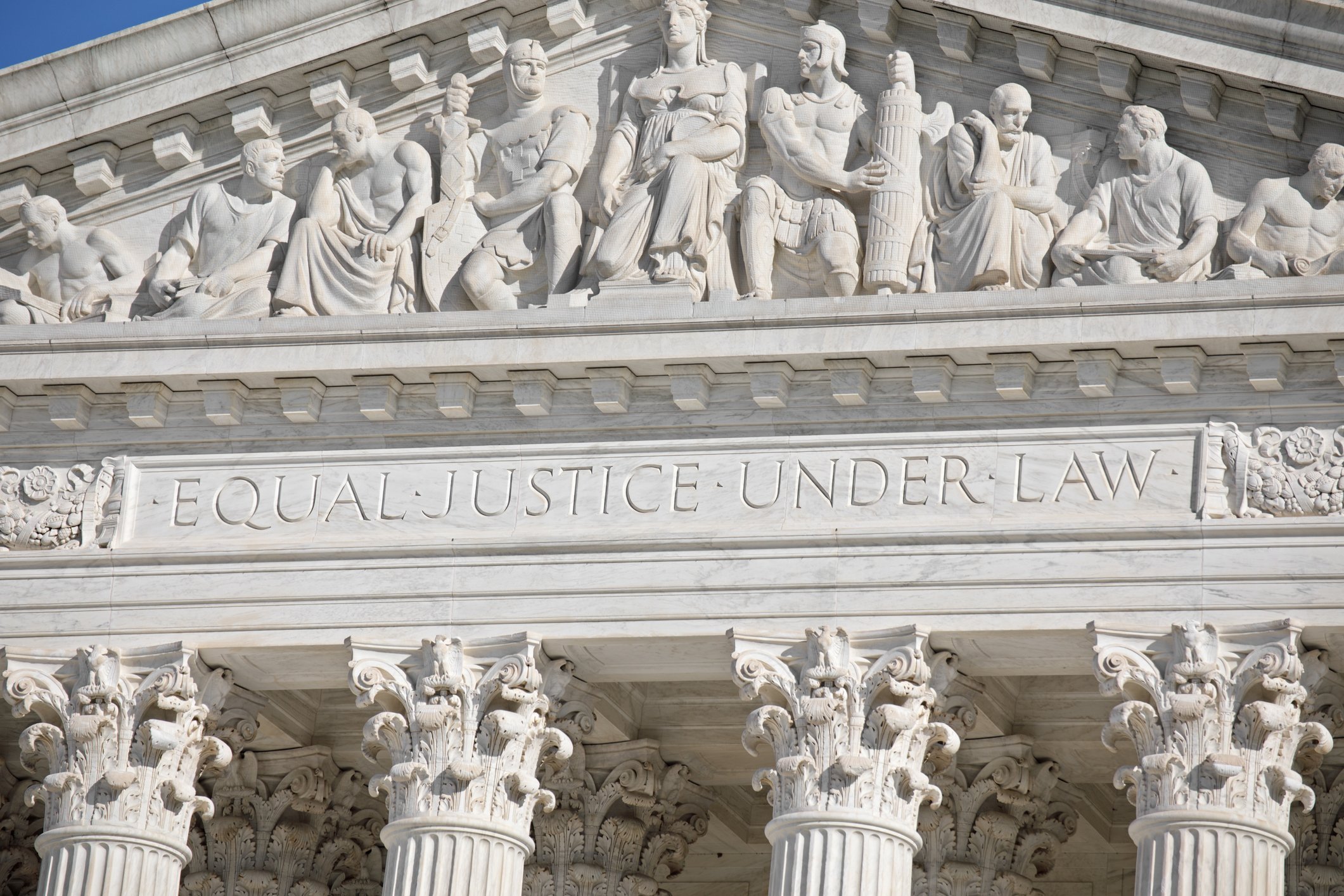In March,
I discussed how political reporters
let their partisan freak flag fly in their coverage. What’s worse than reporters, who claim not to take sides, taking sides are wanton public displays of ignorance about issues, especially related to Supreme Court decisions.
While most decisions barely raise a fuss in the news because they’re so mundane and lopsided, there are decisions sure to stoke the passions of partisans invested in those decisions. The Supreme Court has a solid conservative majority, meaning decisions about religious freedom, Second Amendment rights, and abortion will go against the outlook held by most political reporters and commentators.
Reporters will succumb to the proclivity for examining a Supreme Court decision via their worldview while clearly misstating the reasoning behind a court opinion or its meaning. A recent example appeared in a New York Times story about the Supreme Court case West Virginia v. Environmental Protection Agency. The reporter, Coral Davenport, wrote that Republicans, conservatives, and money people want to “use the judicial system to rewrite environmental law, weakening the executive branch’s ability to tackle global warming.”
Emphasis is mine. That’s not reporting, but instead a poor attempt at editorializing. It’s bad enough that Davenport wrote it, but worse, it got past an editor. The Supreme Court would not rewrite any law. The case in question deals with the separation of powers under the Constitution and whether the executive branch engaged in authority reserved for the legislative branch.
The recent decision in Carson v. Makin produced similar silliness. The case involved Maine’s school tuition assistance program reserved for students in rural areas that did not have their own secondary schools. The state offered to pay tuition for students to attend other schools, including private institutions, with two significant caveats: The schools had to have state accreditation and had to be nonsectarian. Several parents who wanted to send their children to accredited religious schools sued, saying the exclusion of such schools violated their free exercise of religion. The Supreme Court ruled 6-3 in favor of the parents, writing that Maine did violate their First Amendment rights while noting its decision does not violate the establishment clause.
The decision brought out the “separation of church and state” fearmongers, including Justice Sonia Sotomayor. She is undoubtedly the most nakedly partisan political justice I’ve seen in my 51 years on this earth, so it defies reason to say she should know better. In her dissent (which Justices Stephen Breyer and Elena Kagan notably did not join), she wrote, “Today, the Court leads us to a place where separation of church and state becomes a constitutional violation.”
CNN legal analyst Jeffrey Toobin — Top Gun call name, “Stroker Ace” —
tweeted
,”‘Separation of church and state’ is a vanishing concept at the Supreme Court.” His colleague Jim Sciutto quote-tweeted Toobin, saying, “One of several major changes to American life this court is moving toward.”
Never mind that “separation of church and state” doesn’t appear in the Constitution. It is an example of poor historical knowledge. The phrase “a wall of separation between Church & State” appears in a letter Thomas Jefferson wrote to the Danbury Baptists, a full 10 years after the ratification of the First Amendment. Also, Jefferson’s concern had to do with the corruption of the church with the entanglement of government and vice versa. Thus, the prohibition on government establishing a religion — any religion.
CNN joined the ignorance chorus in a report about the decision. Reporters Ariane de Vogue, Tierney Sneed, and Chandelis Duster
wrote that the decision
“is the latest move by the conservative court to expand religious liberty rights and bring more religion into public life.”
What does that even mean? The court did not “expand” anything. What it did was say the First Amendment protects rights that parents in Maine already possess — in this case, the freedom to exercise their religion.
Wajahat Ali, a not-all-that-bright columnist for the Daily Beast, tweeted, “Private Islamic schools and Jewish schools should open up all over Maine.” He followed up with, “Let’s see what the Supreme Court says …” Ali apparently thinks the Supreme Court would overturn the decision because it only wants the Constitution to protect Christians. I imagine it would surprise Ali to find that one of the organizations that
filed an amicus brief
in favor of the plaintiffs was the Council of Islamic Schools in North America.
The most bizarre reaction came from Washington Post columnist Jennifer Rubin who
tweeted
, “Requiring state funds be used for religious education is prime Christian Nationalist stuff.”
Her conclusion about “Christian Nationalist stuff” is based on her incomprehensible reading of what the court did. Of course, the court did not require the state to do anything. It said the state could not prevent parents enrolling their children in the program from sending them to a religious school.
Reporters, opinion journalists, experts, and cable television news hosts have a responsibility to explain these decisions to their readers correctly and with the proper context. Instead, everyone mentioned above projected their personal political biases onto the decision, thereby doing a disservice to an audience that doesn’t have time to read a 45-page Supreme Court decision.
Instead, they gave the general public more reason to distrust them.







